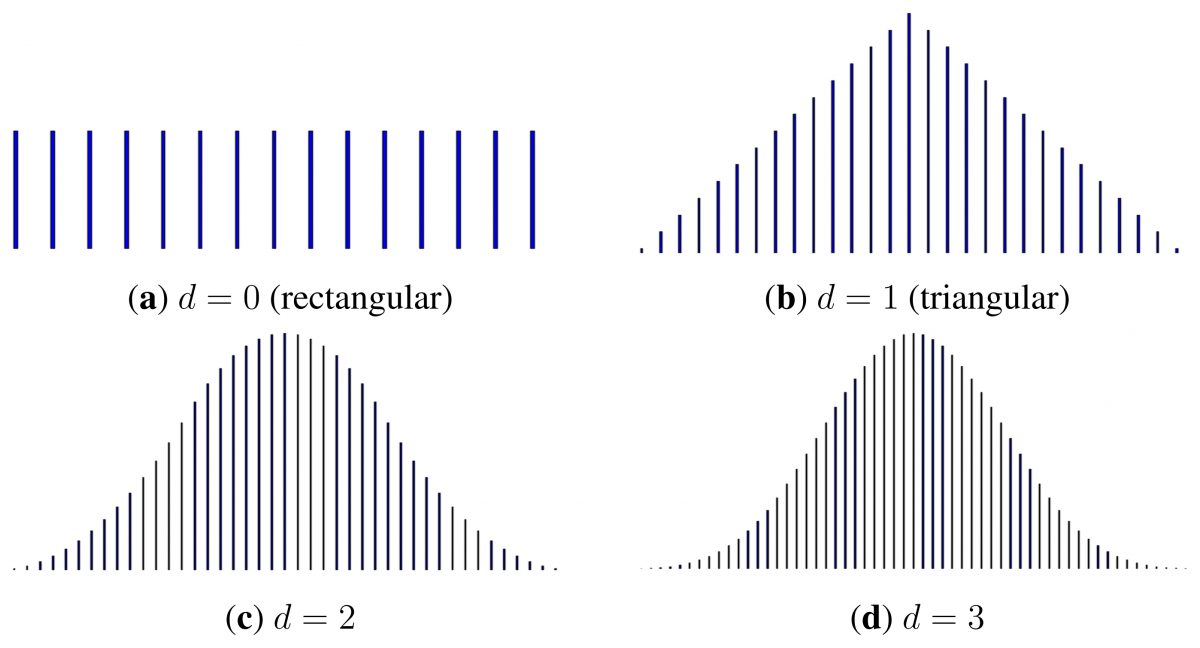Introduction
In today’s information-driven world, making sound decisions is essential for personal, professional, and societal success. The Shannon-Hartley Law, a fundamental principle in information theory, provides valuable insights into the transmission and processing of information. Understanding this mental model is crucial for effective decision-making. This blog post explores the concept of the Shannon-Hartley Law, its relevance in decision-making processes, and its prevalence in our daily lives.
Defining the Shannon-Hartley Law
The Shannon-Hartley Law, named after Claude Shannon and Ralph Hartley, is a mathematical formula that relates the maximum rate at which information can be transmitted over a communication channel to its bandwidth and signal-to-noise ratio. Simply put, it quantifies the capacity of a channel to carry information reliably. While initially developed for communication systems, the Shannon-Hartley Law has broader implications, as it can be applied to decision-making scenarios where information plays a pivotal role.
Relevance of the Shannon-Hartley Law in Decision-Making
Information is a critical factor in decision-making. Whether it’s personal choices, business strategies, or public policy-making, the quality and quantity of information available significantly impact the outcomes. The Shannon-Hartley Law highlights the importance of understanding the limitations of information channels and optimizing the signal-to-noise ratio to enhance decision-making processes.
Examples of the Shannon-Hartley Law in Various Contexts
- Personal Life Decisions: Consider a person contemplating a career change. They are bombarded with information from various sources, such as job postings, industry reports, and career advice. However, if they fail to assess the reliability and relevance of the information, they may succumb to information overload or misinformation, leading to poor decision-making.
- Business Scenarios: In a competitive market, businesses rely on market research, customer feedback, and financial data to make informed decisions. However, if they fail to filter out noise, such as biased customer reviews or incomplete market data, they may misinterpret the true market dynamics, resulting in misguided strategies or product launches.
- Public Policy-Making: Governments gather vast amounts of data and expert opinions to shape policies. However, if policymakers neglect the signal-to-noise ratio by not considering reliable sources or fact-checking, they may implement ineffective or detrimental policies, impacting society as a whole.
Mental Biases and Psychological Underpinnings
Several mental biases contribute to the occurrence of the Shannon-Hartley Law in decision-making. These include confirmation bias, where individuals seek information that supports their existing beliefs, and availability bias, where readily available information is given undue weight. Additionally, cognitive overload and information fatigue can hinder the effective processing of information, leading to suboptimal decisions.
Practical Advice for Navigating the Shannon-Hartley Law
To navigate the Shannon-Hartley Law and make better decisions, individuals can employ the following strategies:
- Assess the Reliability of Information: Verify the credibility and sources of information before making decisions. Consider multiple perspectives and seek out diverse sources to reduce bias and increase the accuracy of the information used.
- Improve Signal-to-Noise Ratio: Focus on extracting meaningful and relevant information from the noise. Develop critical thinking skills to evaluate the validity and significance of information. Filter out irrelevant or unreliable data to enhance decision-making.
- Embrace Lifelong Learning: Continuously update knowledge and skills in areas relevant to decision-making. Stay informed about emerging trends, technological advancements, and best practices to make informed choices.
Conclusion
The Shannon-Hartley Law provides valuable insights into decision-making in the information age. By understanding the capacity and limitations of information channels, individuals can navigate the complexities of decision-making more effectively. Recognizing the mental biases that contribute to the Shannon-Hartley Law and employing strategies to improve the signal-to-noise ratio empowers individuals to make better decisions. Awareness and active avoidance of this mental trap are essential for achieving desired outcomes and avoiding potential pitfalls. By embracing the principles of the Shannon-Hartley Law, individuals can enhance their decision-making abilities and thrive in today’s information-driven world.
